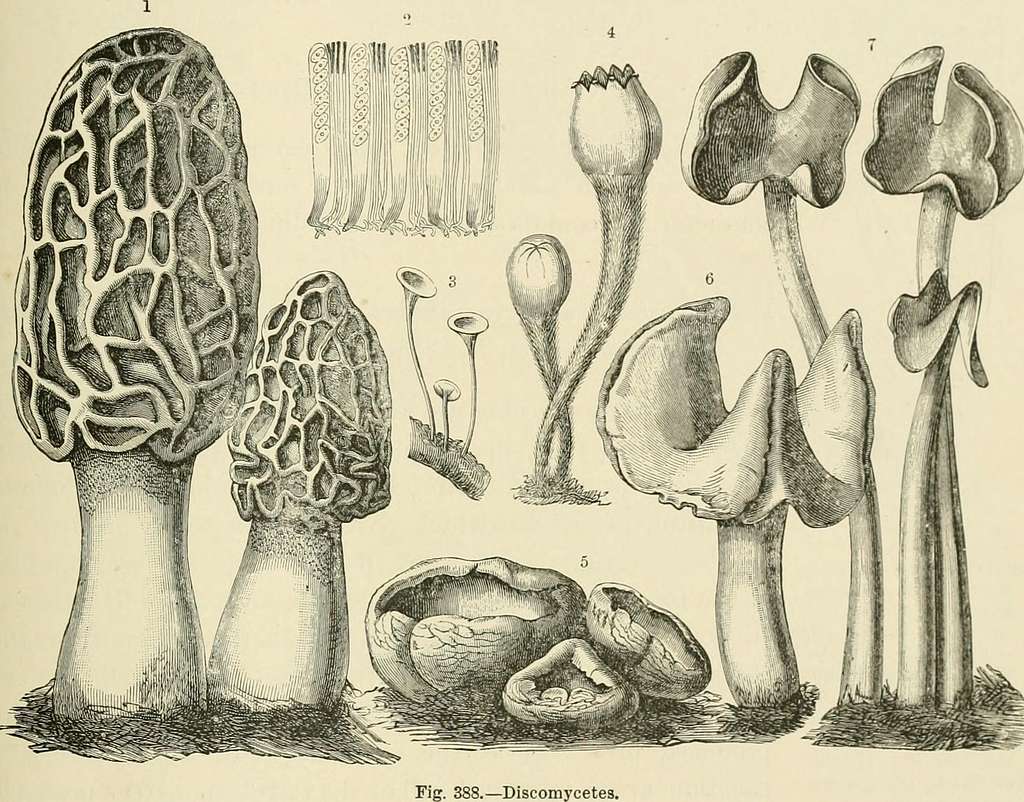The mycelium has another option that extends its lifetime; it can create reproductive organs. We know these as mushrooms.
For various reasons, a multitude of hyphae gather in one region and form what is known as a primordium which is like an “embryo” for the forthcoming mushroom. What is worth pointing out is that the stem of a mushroom, the thallus, is actually composed of thousands and thousands of hyphae squeezed together by a covering membrane. And when all these hyphae are engorged with water it forces the nascent mushroom to push out of the ground at a very rapid pace which may surprise some observers.
The stem of a mushroom illustrates the etymology of the word for religion which may have come from religare, meaning ‘to tie or bind together’ [a bundle of rods]. Some of these individual hyphae may ultimately produce a set of spores that are the seeds of life for the start of a new module of the parent mycelium. Others assist in the structures needed to make this possible. Again, this is a self-organizing process with minimal assistance from the mycelium of which all the included hyphae are still full-bodied constituents.
The appearance of mushrooms together with their function strongly implies that mushrooms are the cognates of local congregations we call churches.
The hyphae that compose the mushroom thallus all become members through a process that has a striking resemblance to baptism consisting of an immersion in water, enlightenment from above, and the presence of oxygen, a stand-in for the Spirit.
The distribution of spores is usually airborne and results in patchiness of the future mycelia. The distribution gives the appearance of the map of the early churches with the same ultimate operation of growth and reaching back toward the parent church as they matured. The spores are genetically identifiable as belonging to specific parent mycelia so as they grow toward the generating mycelium they will be able to link up into an expanded network of hyphae.
Over time some mycelia have become some of the largest and oldest organisms on earth covering regions of over 2000 acres and going back in history before the Exodus. In passing let us notice with the appearance of mushrooms that the Church has both an invisible portion and a visible portion in its composition, the underground mycelium and the above ground churches.

